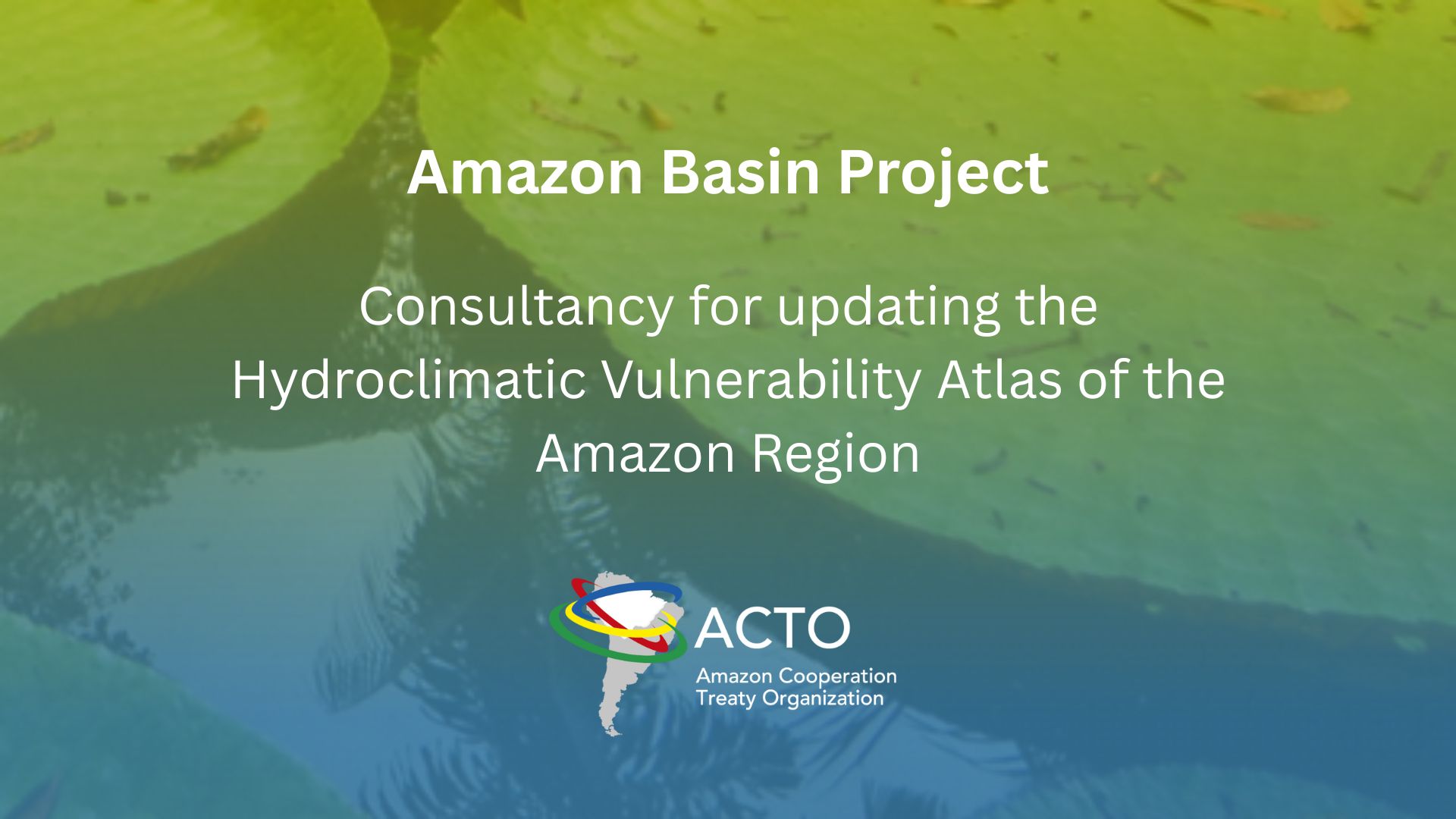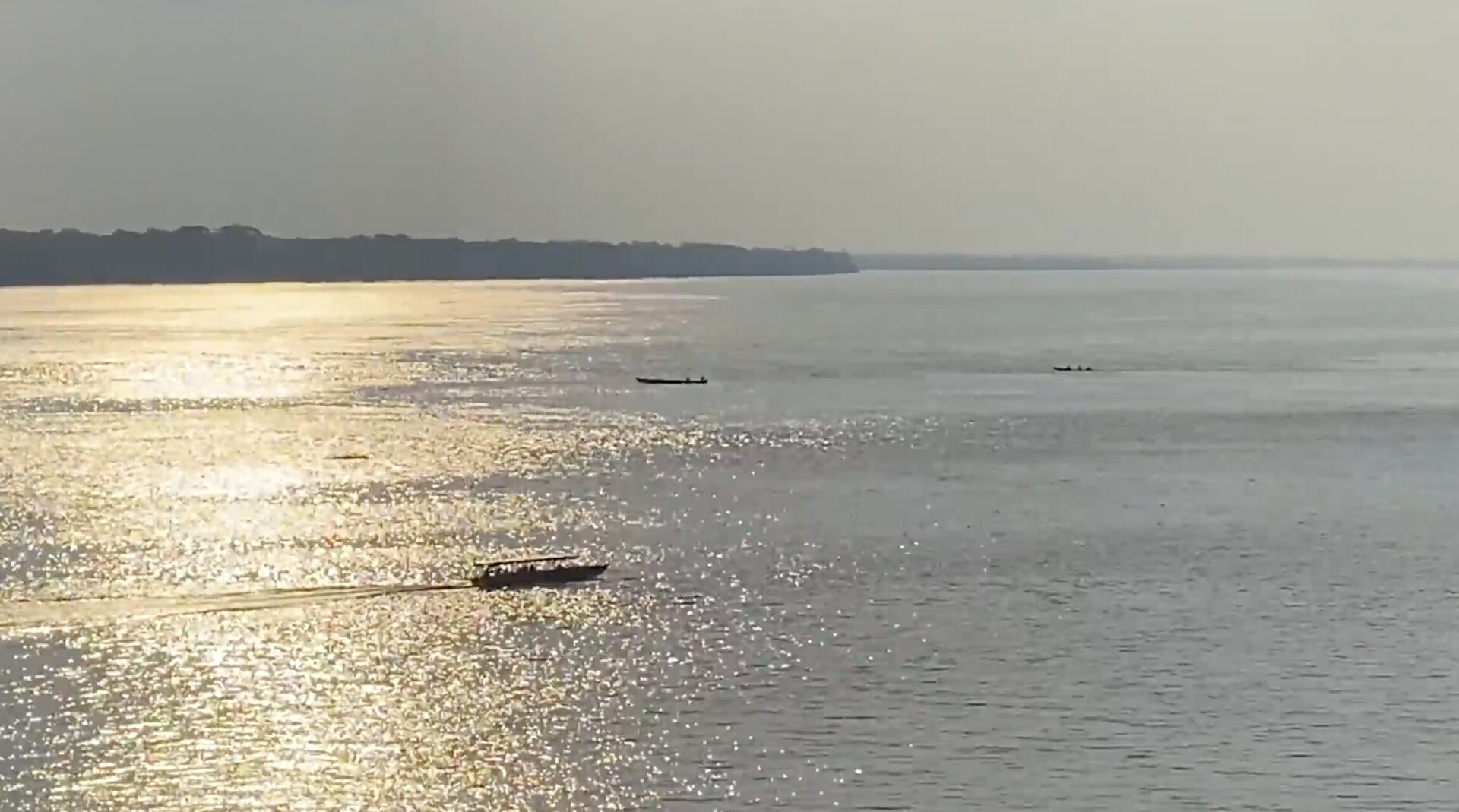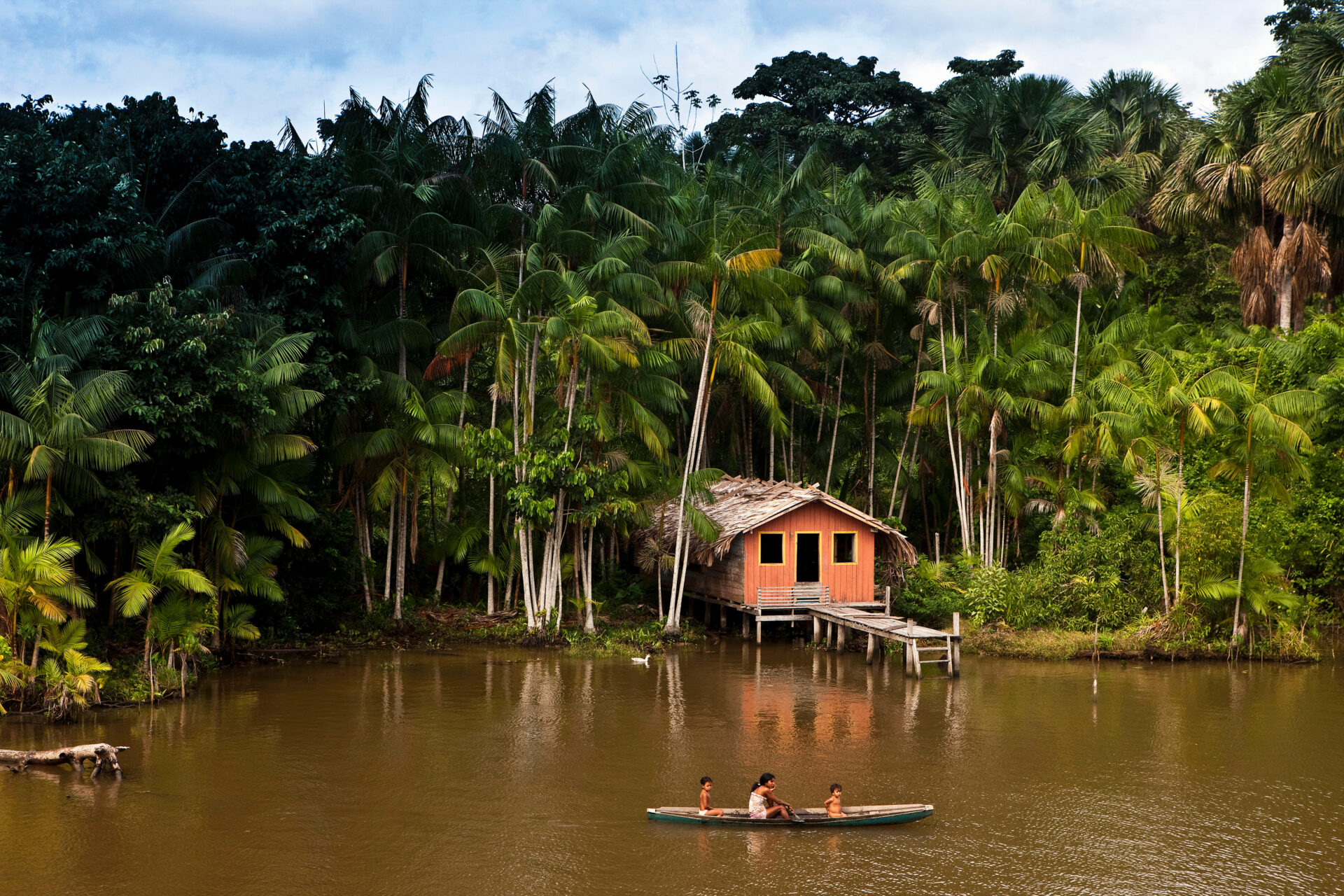On World Glacier Day, celebrated on March 21, the international community reinforces the urgency of protecting these natural reservoirs of fresh water, essential for billions of people and ecosystems around the world. The date was established by the United Nations (UN) as part of the International Year of Glacier Preservation (2025), a global call to action in the face of rapidly retreating glaciers. In the Andes, where the great rivers that feed the Amazon originate, the accelerated loss of ice threatens the water security of millions of people. In view of this scenario, the Amazon Basin Project – SAP Implementation (ACTO/UNEP/GEF) is supporting the monitoring of glaciers in Bolivia and Peru to measure the speed of glacial retreat and support strategies to guarantee water security for the populations that depend on this vital resource. Three monitoring stations are already in operation in Bolivia, and four more of these climate sentinels will be installed in Peru.
The interventions are carried out in partnership with national governments and universities and involve traditional communities near the areas where the stations are being installed. Directly affected by glacial retreat, these predominantly agricultural and livestock-raising regions rely on monitoring data to understand variations in water availability and develop adaptation alternatives to ensure its efficient use.
“Having access to information and working side by side with the government to reduce waste and improve water quality is essential for the security of our families, crops, and livestock,” says Juan Vilcalca, a leader of the Andean community of Pacaje, Peru, after participating in an awareness workshop organized by the National Water Authority (ANA).

Indigenous people from the Pacaje community participate in an awareness-raising workshop organized by the National Water Authority (ANA-Peru)
Three monitoring stations are already up and running in Bolivia and another four will be set up in Peru. The equipment collects temperature, precipitation and water flow data from the glaciers, allowing the speed of melting to be monitored and critical scenarios to be anticipated.
- Installation of meteorological station in the Bolivian Andes
- Inauguration of meteorological station in the Bolivian Andes
- Technical visit to the Carabaya mountain range in the Peruvian Andes.
When the Ice Disappears
Glacial retreat in the Peruvian Andes has already reached 56% over the past six decades, while in Bolivia, glaciers have shrunk by 43% in the last 30 years. This phenomenon has caused a severe water crisis, with profound impacts on the economy and the lives of millions of people. In 2016, Bolivia faced its worst drought in 25 years. Seven of the ten largest Bolivian cities experienced water shortages, affecting 125,000 families, 290,000 hectares of farmland, and 360,000 heads of cattle.
In the capital, La Paz, and neighboring El Alto, which rely heavily on glaciers for the water supply of their more than 1.6 million residents, one hundred neighborhoods were left without water for over a month. Glacial retreat has become a constant threat to the water security of these two cities nestled in the Andes.
In the nearby traditional communities, where the Andes hold sacred value, the devastating impacts of the glacial melt have altered ways of life and livelihoods. Héctor Choquehuanca, 68, a farmer from the Quiñuma community, saw the ancient glacier that covered the Hampaturi mountain disappear during the 2016 drought. “Since then, we’ve stopped planting, and our livestock has dwindled due to the lack of water,” he says.

Héctor Choquehuanca, agriculturist from the community of Quiñuma, in the Bolivian Andes
In Peru, where 20 million people benefit from the water of the Andean glaciers, the reduction of these reserves threatens water supplies, agriculture and livestock farming, compromising food security and local livelihoods, as well as increasing the risk of natural disasters such as floods and landslides.
Impact Beyond the Glaciers
The effects of this phenomenon extend to the whole Amazon Basin. The reduction in glaciers has a direct impact on the flow of the rivers that supply the region, potentially reducing water discharge by up to 20%, worsening droughts and floods. At the same time, environmental degradation in the Amazon is exacerbating this crisis. Soot from fires in the Amazon, known as black carbon, accelerates the melting of glaciers, creating a cycle of degradation that threatens aquatic and terrestrial ecosystems and the water security of millions of people.
Protecting the Future
Monitoring the glaciers’ retreat is essential to guarantee the sustainable availability of water and the preservation of the Andean and Amazonian ecosystems. In Bolivia, data collection by the Institute of Hydraulics and Hydrology (IHH) at the University of San Andrés is supporting a management model to improve water use and avoid crises like the one in 2016. In addition, the monitoring will help protect four Amazonian micro-basins against a decrease in water flow, which could endanger local ecosystems and livelihoods.
In Peru, four monitoring stations will be installed in the Vilcanota and Carabaya mountain ranges, which are home to the headwaters of rivers that are essential to the Amazon Basin and to the water supply of more than 1.3 million people. The goal is to strengthen the resilience of cities and communities affected by glacial retreat, enabling the planning of measures to ensure future water supply.
These actions are part of the Amazon Cooperation Treaty Organization´s strategy for shared management of the Amazon Basin’s water resources by the eight riparian countries, using the Source-to-Sea approach. This concept considers the basin as a systemic whole, from its Andean headwaters to the Atlantic Ocean, promoting regional cooperation to face water challenges and mitigate the impacts of extreme climate events.
Cover photo: Techinical visit to Real Mountain Range, Bolivia, where the monitoring stations were installed
Related news
Post
3 de November de 2025
The Amazon Cooperation Treaty Organization (ACTO) announces a call for specialized technical services to update the Atlas of Hydroclimatic Vulnerability [...]
Post
16 de September de 2025
The Amazon Basin Project has launched an educational video that will be used in community workshops to raise awareness about [...]
Post
21 de August de 2025
Developed under the Amazon Basin Project – Implementation of the Strategic Action Program (SAP), the Toolbox for Water Management in [...]







